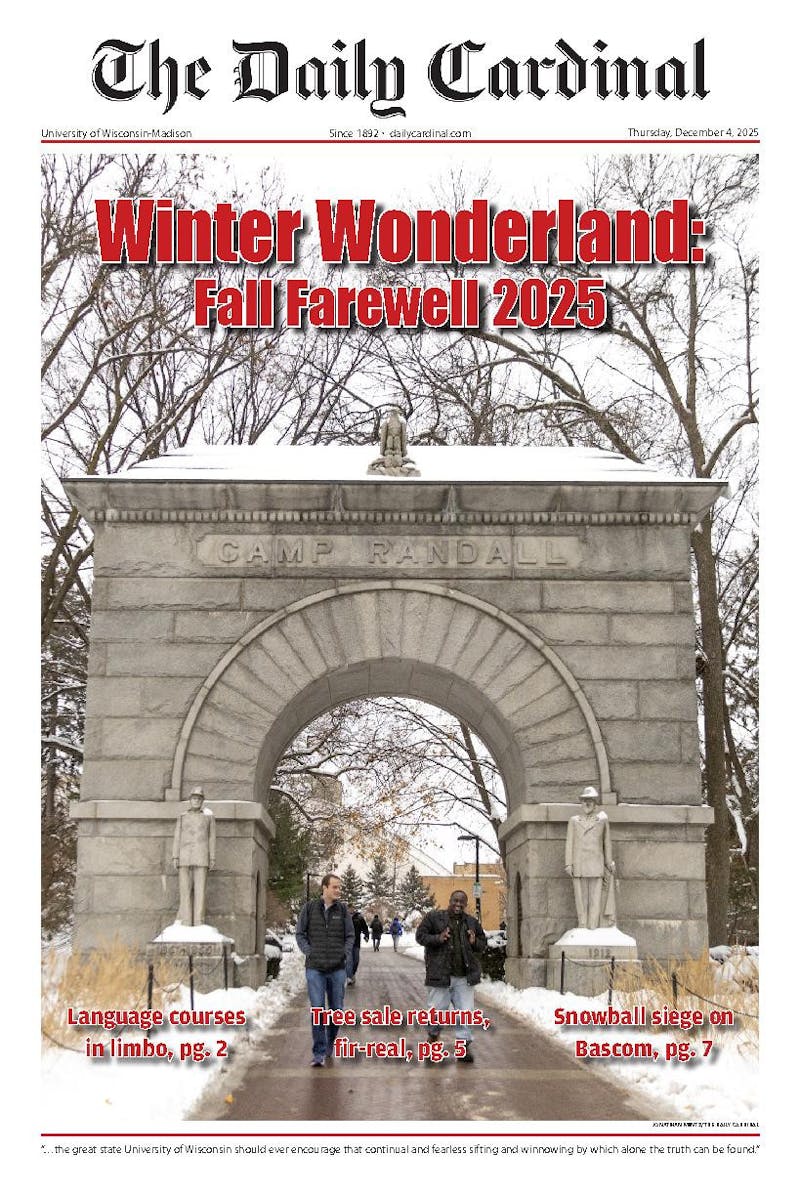Diversity and a healthy campus climate, where students of all backgrounds are welcomed and nurtured, are essential to our education.
We believe this strongly and think members of the Student Services Finance Committee do as well. That is why SSFC's decision tonight on the budget request by the Multicultural Student Coalition, as well as the committee's upcoming decision for the Asian and Pacific American Council, are so important. These decisions speak to how campus diversity and a strong campus climate can be achieved. We believe the best way to accomplish this is for the members of SSFC to look critically at funding proposals and heartily reward the worthwhile while trimming the gratuitous, and to work with members of student-of-color organizations to determine how best to allocate student fees in a manner that will most improve diversity and climate.
In their budget requests, MCSC and APAC are asking for money to do many things with the potential to greatly improve diversity and climate. They also want money for items that would arguably do little on these fronts in the coming year'or, even more troubling, do not specify what large amounts of their allocations would be used for.
It should be stressed that these are problems common to many funding requests from student organizations. We focus on MCSC and APAC because they are requesting some of the largest increases in funding and because they are umbrella organizations positioning themselves to be the voices of a significant number of students, as well as the main forces behind any improvement in campus diversity and climate.
These organizations have included in their funding requests many initiatives and programs that have great potential and should be rewarded with funding.
One example is MCSC's Diversity Education Field Team, which, according to MCSC's request, works to coordinate efforts to promote diversity education on campus and to work with the UW-Madison administration and others on campus to improve climate for students of color. Also of note is APAC programming for Asian American Month, which could be a good way to make students of color feel at home on campus while also educating students about other cultures. APAC estimates in its budget request that this program will reach 9,000 students; it should be given enough money to ensure that such a program can reach all 40,000 students on campus if it means increasing the diversity of ideas and improving climate.
However, in addition to these invaluable programs, there are many items in the budgets that may provide fringe benefits, at best, to achieving the goals of increased diversity and campus climate. SSFC members need to ask themselves whether every piece of equipment and each of the 44 staff positions MCSC is requesting will necessarily improve the educational opportunities for all students on campus. They also need to ask if the $100,000 APAC is requesting for general program supplies if even the group cannot point to how it will specifically be used to further these goals.
These organizations should be funded in a manner that will most improve education for all students on this campus, not just members of the organizations directly benefiting from the money. SSFC members who wish to increase diversity and improve campus climate should look critically at the funding requests presented by MCSC and APAC and fund the items they feel will most accomplish this.





